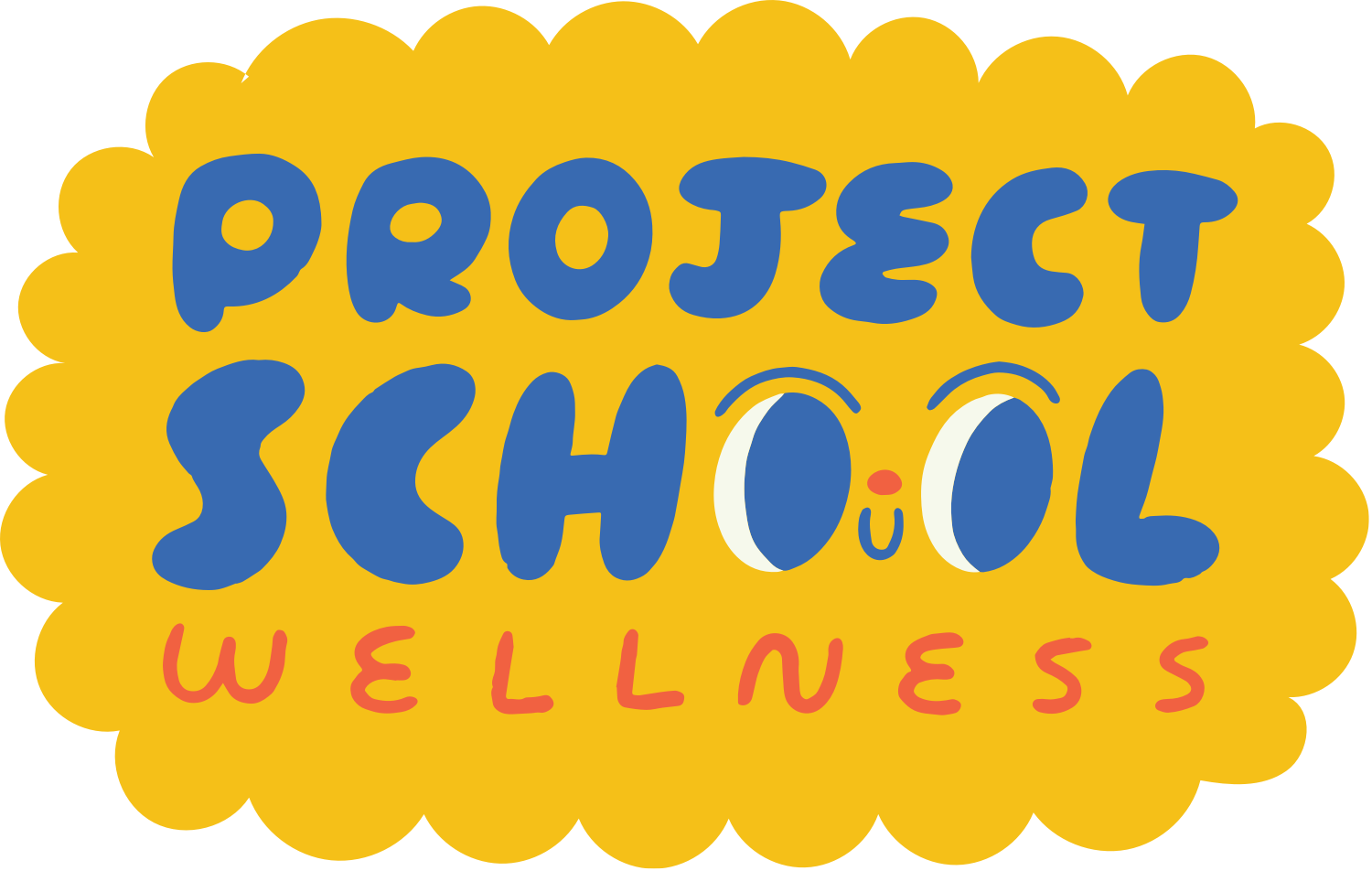#Gimme Five: Five Pillars of Successful School Wellness Programs
I am taking the First Lady's #GimmeFive Challenge and sharing five habits of successful school wellness programs. If you have something to add to the list, share it in the comments below!
#1: The well-being of teachers and staff is the #1 priority!
I adamantly believe that the most important success criteria for any school-based program is full support from the teachers and staff. In terms of school wellness, the health and well-being of teachers and staff must be the first priority. Teachers and staff must have a solid understanding of wellness and have an honest understanding of their personal well-being. Additionally, teachers must completely buy into a school wellness program. If they don't have an accurate understanding of wellness or if they have a low level of well-being, they won't buy into a wellness program for students. Therefore, the well-being of teachers and staff must be the #1 priority!
#2: The teachers, administrators, and support staff recognize and accept building and reinforcing healthy habits of their students as a social responsibility!
In my opinion, schools have a social responsibility to teach and reinforce the habits of health and wellness. As students spend thousands of hours in a classroom, schools possess an immensely powerful influence. The reality is that a student's health and well-being will be influenced one way or another while attending school. Teachers, administrators, and support staff must recognize this truth and be proactive, by establishing an intentional focus on health and wellness.
#3: All components of health and wellness are intentionally focused on throughout the school experience.
Unfortunately, many schools solely focus on physical health while neglecting the other equally important dimensions of health and wellness. Schools with successful wellness programs understand that a person’s health is multi-dimensional, encompassing every area of life. Schools with successful wellness programs recognize each dimension as equally important and work to intentionally enhance each component in the lives of each student.
#4: Health and wellness education is not limited to PE and Health courses; instead, it is emphasized and advocated throughout the entire school day!
While physical education is enormously important and should not be overlooked, health and wellness education must extend beyond the PE classroom. I think most teachers shudder when they hear statements like this, as it ignites a fear of adding more to their already overloaded plates. But I am here to say, have no fear, implementing health and wellness into your classroom can be simple and painless! I promise. When I say that health and wellness is active throughout the entire school day, I don't mean that every class highlights each component of health daily. I simply mean that teachers of every subject are aware of health and wellness and actively looking for ways to enhance the well-being of students. This could be as simple as having students regularly journal (emotional and mental health) or as big as organizing a career fair (occupational health and wellness) and connecting students to community members within various career fields.
#5: Schools regularly collaborate with local stakeholders (parents/guardians, community members, local businesses/organizations, etc.) to enhance the well-being of students.
Finally, schools with successful health and wellness programs collaborate with other individuals, businesses, and organizations who are passionate about enhancing the lifelong well-being of students. It is important to remember that a single person does not have to do it all. In every community, many people have a passion for healthy living that they want to share! Call upon those who want to help and share the task of empowering students with tools, knowledge, and skills for a lifetime of health and happiness!
Thanks, FLOTUS, for this awesome challenge! Now, I am off to Twitter so I can check out other people's creative and inspiring #GimmeFive list!
